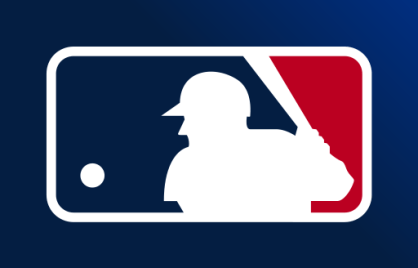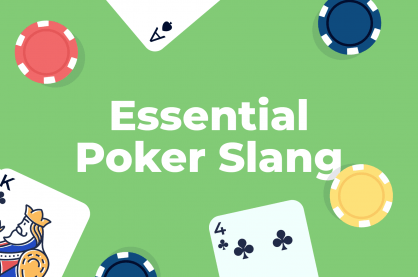Poker Tournament Strategy: Expert Tips to Improve Performance
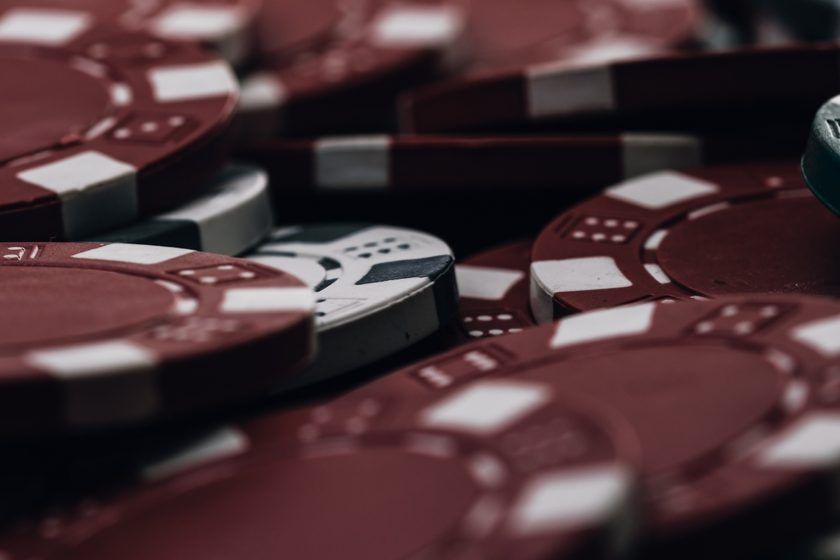
Poker Tournament Strategy: What You Need to Know
- Early Stage Strategy: The first step in early poker tournament is focusing on playing tight and aggressive, building your chip stack gradually while avoiding risky moves.
- Middle Stage Strategy: Adjust your gameplay by becoming more selective with hands, leveraging position and stack size to make strategic plays.
- Late Stage Strategy: Prioritize survival and accumulation of chips, adjusting aggression levels based on payout implications and table dynamics.
- Final Table Strategy: Tailor your approach to exploit opponents’ tendencies, utilize stack sizes effectively, and aim for a top finish.
- Mental Game: Maintain focus, manage emotions, and stay disciplined throughout the tournament to make optimal decisions and maximize your chances of success.
Poker is one of the few games in a casino where a player doesn’t have to worry about the house edge and is instead competing against other players.
This is a game of skill and a poker tournament can be a nice way to have some fun with a real chance to win some money – if you play your cards right.
These events feature players from all walks of life hoping to bring their best skills to reach the final table and ultimately to be the last player standing.
A good understanding of tournament poker strategy gives players the best chance to make that happen and this article offers some key advice to sharpen up those skills.
Poker Tournament Strategy: Foundation
As with anything it’s always good to have a working understanding of what you’re doing. That includes when heading to the tables for a poker tournament.
Some general understanding of how to play poker, game mechanics, the ranking of hands, and the rules will go a long way for making this a rewarding experience – although that occasional bad beat will have any player at least a little frustrated at times.
So for those new to the concept, some may be asking what’s the difference between cash games and tournaments. Cash games allow players to come and go at any time and they are playing for the stakes on the table.
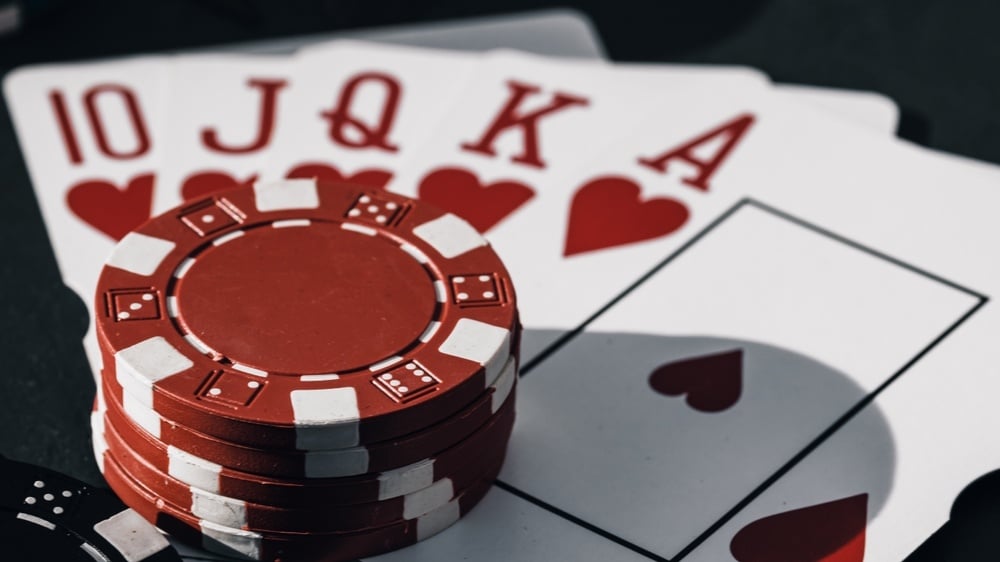
Image Credit: Vlad Ispas/Shutterstock
In tournaments, a group of players pay an entry fee and receive a certain number of chips that don’t have a cash value. The goal is to accumulate as many chips as possible and advance through the tournament as players are eliminated.
In tournaments, a certain percentage of the field is awarded cash payouts and the ultimate winner takes home the biggest portion of that.
Here’s a quick look at some of the differences to remember between tournaments and cash games.
| Tournaments | Cash games | |
| Stakes | Players pay an entry fee and some events may allow re-entries. | Players buy in for an amount that they choose. |
| Chips | No cash value and players see blinds increased based on a tournament clock. | Values are in real-money terms. |
| Players | Can be a large number of players in the same event. | Limited to a single table. |
| Cashing in | A certain percentage of the field gets in the money. | Players can leave a table after winning or losing whenever they desire. |
| Prestige & coverage | Some major casino events feature massive fields and huge payouts with televised and online live-streamed coverage. | High stakes have seen more television and live streaming coverage in recent years. |
Early Stage Poker Tournament Strategy
When it comes to strategy for poker tournaments, having some sound views on the game can make a real difference right out of the gate. Here are a few poker tips and tricks to remember for the early stages of a tournament.
Choosing the Best Starting Hands
In general, playing fewer hands in Texas Hold’em can be a good idea as finding more second- and third-place hands is a recipe for losing lots of chips. Base your play on some of the best hands as well as consider other combinations that can pay dividends if the price is right and you happen to make a big hand.
Here’s a look at the top 10 hands in poker:
- Ace-Ace
- King-King
- Queen-Queen
- Ace-King suited
- Jack-Jack
- Ace-King unsuited
- 10-10
- Ace-Queen suited
- Ace-Jack suited
- King-Queen suited
This can vary a bit by opinion, but this gives the general idea. Other big hands like 9-9 and 8-8 can also be worth seeing flops – especially early in a tournament when blinds are low. This also goes for suited connectors, hands that have the chance of making a straight or a flush, such as Jh10h.
Seven-time World Series of Poker bracelet winner Daniel Negreanu has long been an advocate of “small ball” poker – seeing flops with mid-range hands like suited connectors with the chance to hit a big hand and begin building a nice chip stack.
Choose hands wisely, but also be willing to fold to strong bets and on boards that don’t fit well with your holdings.
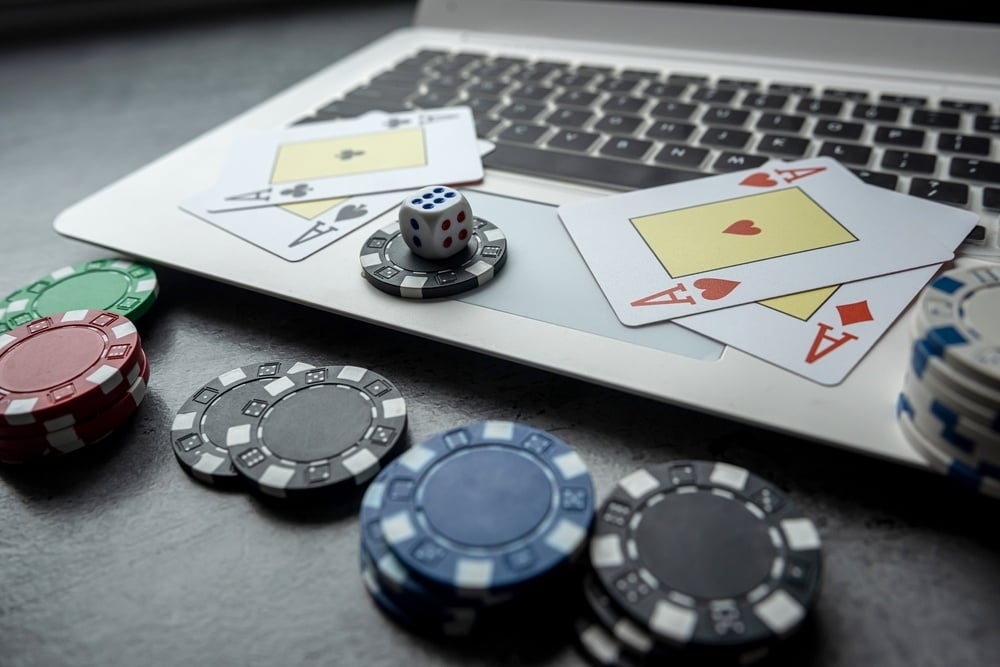
Image Credit: RomanR/Shutterstock
Importance of Position in Poker Tournament Strategy
Knowing your position at the table is important in regards to how you play your hand. In Texas Hold’em, the player on the big blind acts last before the flop.
The dealer button signifies the player who would have been the dealer and rotates around the table (in casino games the dealer instead deals the cards). The player on the button then has the advantage of acting last after the flop.
This gives the player a distinct advantage of seeing what other players do before they have to act. In some cases, when players check around to you, a well-sized bet may take down the pot even without having a solid hand.
“Having position in Hold’em or being one of the last players to act in a hand is a great advantage,” 17-time World Series of Poker champion Phil Hellmuth notes in his book Play Poker Like the Pros. “You can just back and wait for everyone else in front of you to act.
If your opponents bet and you are strong, then you can raise effectively doubling the amount of money that is put into the pot and raising other strong hands out of the pot by making it twice as expensive for them to call.
“If your opponent bets and you are weak then you can fold. If your opponent checks (in this case he is showing some weakness), now you can act on your board accordingly. By acting last, you get a better feel of the strength of your opponents’ hands.”
Those who can master playing position can pick up more pots in the long run and have a better chance at winning in both tournaments and cash games.
Stealing Blinds Effectively
Along the same lines as playing position, stealing blinds also presents a nice opportunity to collect some extra chips as well. This is a technique often employed by the player on the button or just in front of the button, especially when the action has folded around the table to him.
A savvy player will put in a nice raise to force the players to his left, especially the small and big blinds, to fold and collect some winnings in the process. This can be especially useful if these players are on a short stack and trying to survive in the tournament.
In the event one of these players folds, the raiser will have position on the blinds. A check after calling preflop gives the raiser the option of continuation betting with a good chance that the opponent will fold.
Stealing blinds can often be accomplished with a wide range of hands. However, be aware of the board texture (how the flop, turn, and river play with your cards) when that player on the small or big blind calls.
Some real aggression from this opponent might mean they’ve made a solid hand. In poker, being able to adjust is critical.
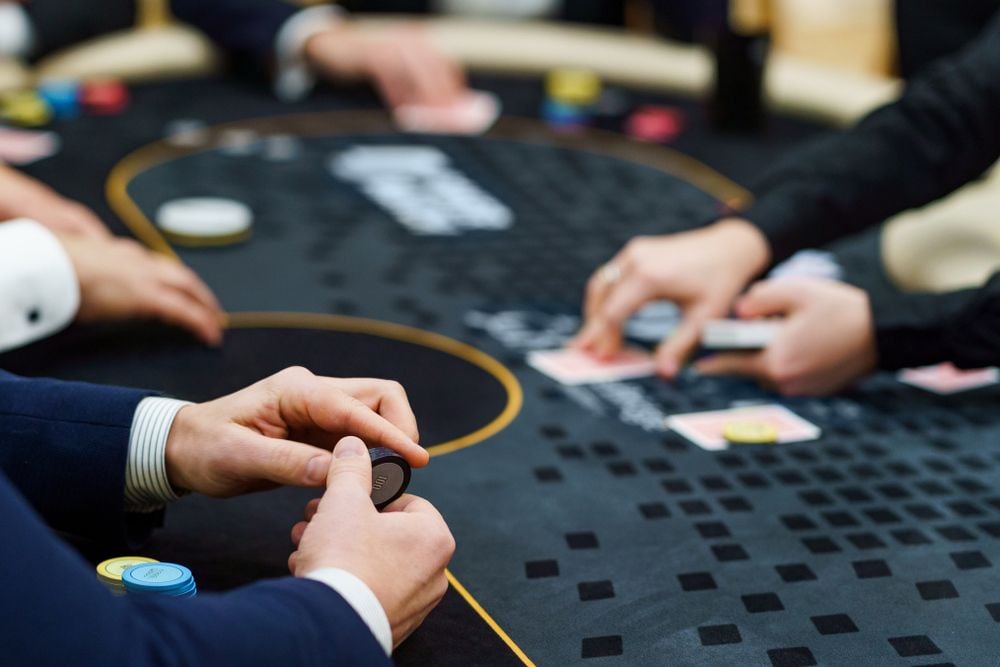
Image Credit: Yuriy Golub/Shutterstock
Middle Stage Poker Tournament Strategy
As the tournament progresses, players may need to adjust their strategies as the blinds increase and whether their chip stack grows or decreases along the way. It’s always important to keep an eye on other players’ chip stacks and know how many chips you have as well..
Open your range at times and be aware of short stacks. Put some pressure on these players at times to collect more chips and build your stack. The same goes for stealing blinds as this also offers another opportunity to amass chips. This goes for playing in a live casino or on an online poker platform.
Playing more aggressively can pay dividends as well. Players with a solid chip stack may want to open their range and playing position on the button can offer more opportunities to pick up pots. Continuation bets may help collect some chips along the way.
Players will also want to make sure they are adjusting to increasing blind levels. Avoiding conflicts with bigger stacks when you have subpar holdings is advised. Those on short stacks may want to tighten up, but be willing to call and raise with your best poker hands.
A few other ideas:
- Stay focused.
- Make note of opponents’ playing styles.
- Check out the average chip size in the tournament.
- Roll with the punches if you experience a bad bet.
At this stage of the tournament, “survive and thrive” is the name of the game. Keep dragging those pots and start looking forward to a deep run.
Late Stage Poker Tournament Strategy
The first goal of most tournament poker players is to at least get in the money and that becomes a major consideration later in the later stages. Players on shorter stacks may want to tighten up as the button approaches.
When you get in the money, you can play more aggressive again and be willing to ship it all in if you pick up a solid hand. Doubling up will hopefully then help you progress even further in the tournament.
Those with larger stacks can get even more aggressive – pounding smaller stacks with raises to take down some easy pots. Be aggressive on the button to steal blinds and get other callers to get out of the hand.
When it comes to online poker tournament strategy, take notes of opponents and check other tables to see if other players are close to busting. Savvy play on a small stack can help a player get in the money.
Stay focused and maximize your edges. Let other players make mistakes and take advantage of those. But also don’t necessarily get too cute with solid hands. Checking and slow playing can often give opponents the chance to win some big pots.
Late stage poker tournament strategy depends on your own place in the tournament. Mix in some aggression or be conservative as needed, depending on the situation.
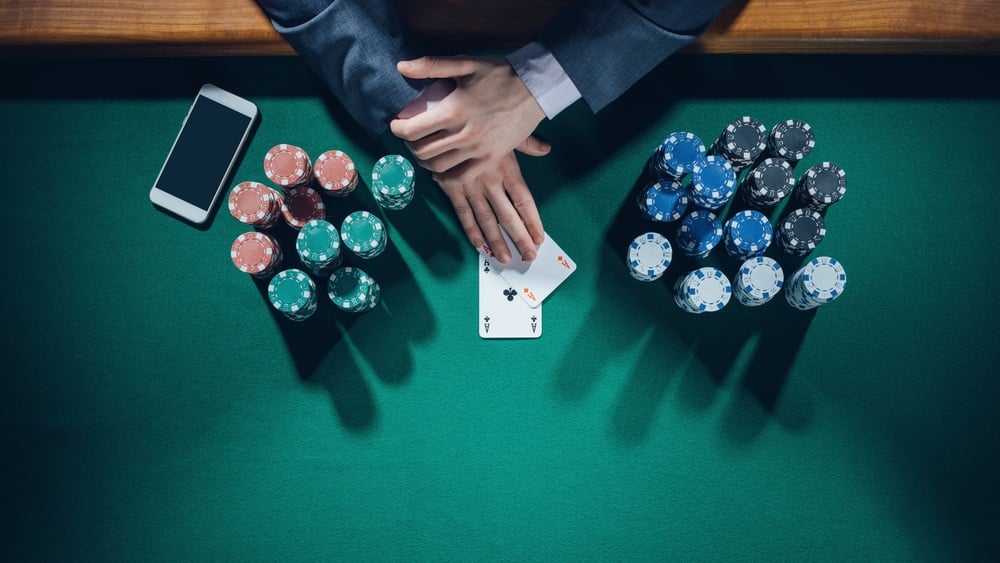
Image Credit: Stokkete/Shutterstock
Final Table Poker Tournament Strategy
The bright lights, the television cameras, and onlookers checking out the action. While not every tournament may feature this kind of hoopla, reaching the final table can be pretty exciting no matter what the event.
The final table is dead ahead and you have a real chance at being the last players standing. What is the strategy for poker tournaments when you reach this crucial stage?
Here are a few tips on how to play tournament poker at this stage.
- Pay attention to pay jumps – Some tournament structures feature major increases in payouts the deeper you go. Simply moving up a spot or two can be very lucrative. At the same time, keep a winning mindset as you hope to get to the end as the last player standing.
- Don’t tighten up too much – You don’t want to get blinded away, so be willing to mix it up at times. Some aggression may have players thinking twice about calling you when you play less-optimal hands down the line.
- Be aggressive with BG stack – A large chip stack allows you to press the action against smaller stacks looking to move up in the payout ladder.
- Be ready to shove with a short stack – A player’s options get limited when they are down to around 10 big blinds. When you find a pair or something that seems solid, it may be time to ship all those chips in.
- Adapt – Take note of other player’s tendencies and be ready to shift gears. Is a player being rather passive? This might be someone you can raise and collect chips from.
Additionally, play can really shift when the table gets really short-handed and especially in heads-up play. When heads-up, players must really open up their ranges even more and mix in raises with less than optimal hands. Three-betting is also a good option. Players must also be willing to call bets with much less than top pair.
Making solid reads, adjustments, and some deep thinking can go a long way toward success at a final table.

Image Credit: Stokkete/Shutterstock
Advanced Tips and Techniques
As players become more accustomed to a solid strategy for poker tournaments, moving beyond A-B-C poker really presents the opportunity for a player to accumulate chips even though they may not have the best hand.
Bluffing and semi-bluffing can be a big part of that. A player who never bluffs can become too predictable and this can lead to others taking advantage. Some tighter opponents may be open to bluffs as they are afraid to play with hands that may not necessarily be optimal. And that can mean more chips for you with some sizable bets and timely raises.
A semi-bluff is a bluff in which a player doesn’t just have junk, but potential to make a solid hand. For example, a player with Ad3d and seeing a flop of 10d3hKd may choose to bet or check-raise despite not having a great pair.
This player has the potential to make the nut flush (the best flush possible) with another diamond on the turn or river. There is also potential to see one of the remaining threes in the deck for three of a kind or an ace to make two pair.
On the button in this situation, when an opponent checks to you after the turn card you may also choose to check – giving you a free card on the river to make your hand and the possibility at a big pot.
Along these same lines, setting traps and slow playing also has the potential to accumulate chips. For example, a player with 8s8c would be in good shape on a flop like Ah2s8d. This player has made a set (three of a kind) and may simply want to let opponents bet to build the pot.
A sizable raise may get weaker opponents out of the hand. Seeing others bet and call on the flop then sets up the potential for a nice raise on the turn and the potential to win even more – perhaps even all of an opponent’s chips.
But beware, watch for troublesome flops that could potentially benefit opponents who could outdraw your hand. This could lead to disaster.
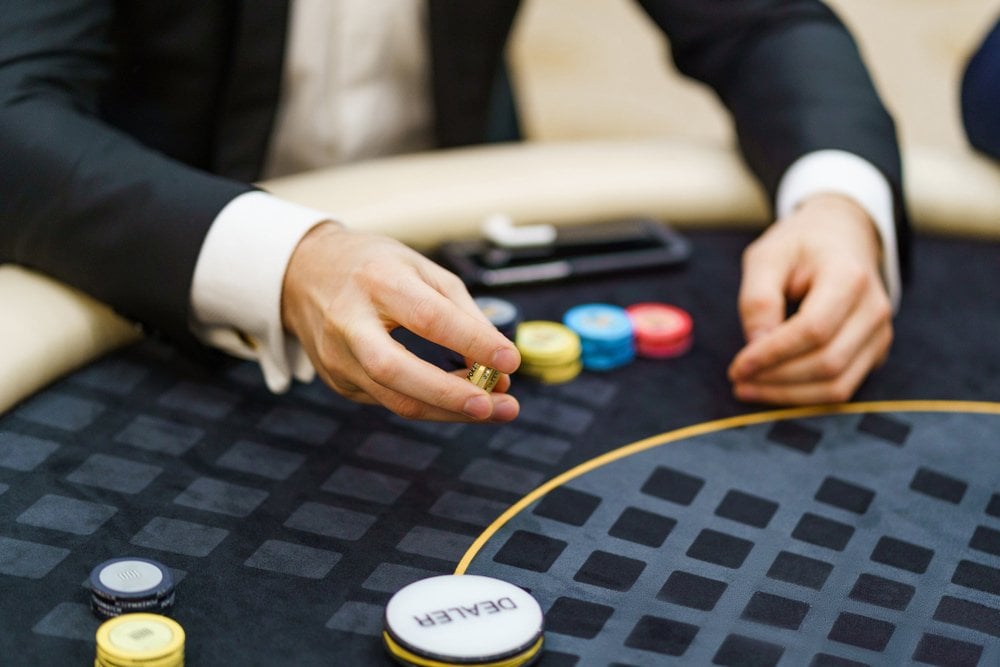
Image Credit: Yuriy Golub/Shutterstock
Reading Opponents
Paying attention to opponents is always advised at the poker table. How are opponents playing their cards in certain situations? Does this player always seem to be drawing to certain hands?
How someone plays a hand gives you the chance to get a read on their tendencies and then take advantage.
Additionally,knowing a player’s tells can often offer some extra information when it comes to reading opponents.
- A poker tell is a change in a player’s actions or behavior that may give some insight on how they are playing their hand. These can be physical or verbal as well as voluntary or involuntary.
While these may not always be perfect, knowledge of some general poker tells can help in the long run.
Here is a look at a few common tells.
- Early-hands actions – A player with a big hand like KK or AA pre-flop will usually appear very focused and still when raising. To the contrary, a player joking around when raising or calling is usually weaker.
- Weak-hand statements – Most “weak-hand statements” are expressing strength. For example, a player betting on the river may say, “You don’t have anything.” This projection is weakening an opponent’s range, which also does the same to his own range. He is basically saying your hand is weak but he knows not much is needed to win. This means he usually has the goods.
- Time to act – How fast or slow an opponent acts may offer insight on how that person plays a hand. Quick action is one of the most important tells in online poker. For example a tight player who calls quickly usually indicates a strong hand or at least a solid drawing hand. Make note of this and be leery.
Just are just a few of the poker tells a player may see at the tables. Keep focused on opponents to decipher some of their movements to adjust your own game as needed.
Title Image Credit: Vlad Ispas/Shutterstock

